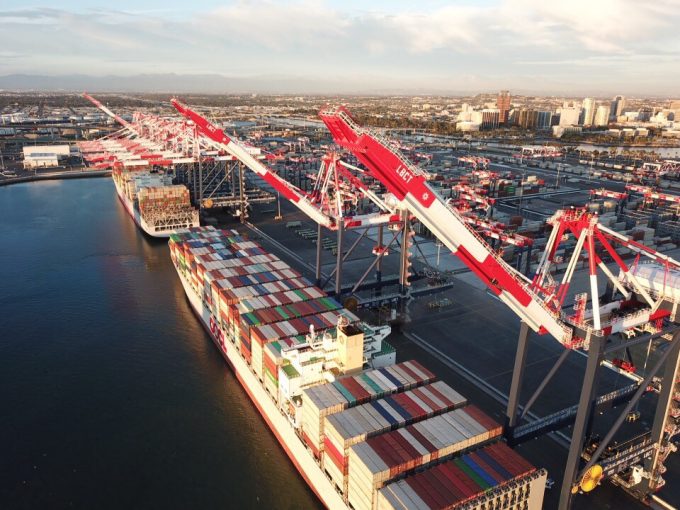DP World Nhava Sheva wins new service after concession dispute is settled
A recent breakthrough in the decades-long tariff dispute over DP World’s terminal operations at the ...

The US west coast ports of Los Angeles and Long Beach reported strong import container throughput in October, as some holiday season cargo owners shied away from routing via the east coast gateways.
Los Angeles processed 372,455 teu, an increase of 10.7% on the year before, while neighbouring Long Beach saw imports jump 23.6%, to 363,300 teu.
“And November is also shaping up to be a strong month as we see a final holiday push and warehouse replenishment,” said Port of Los ...
Asia-USEC shippers to lose 42% capacity in a surge of blanked sailings
Why ROI is driving a shift to smart reefer containers
USTR fees will lead to 'complete destabilisation' of container shipping alliances
New USTR port fees threaten shipping and global supply chains, says Cosco
Outlook for container shipping 'more uncertain now than at the onset of Covid'
Transpac container service closures mount
DHL Express suspends non-de minimis B2C parcels to US consumers

Comment on this article